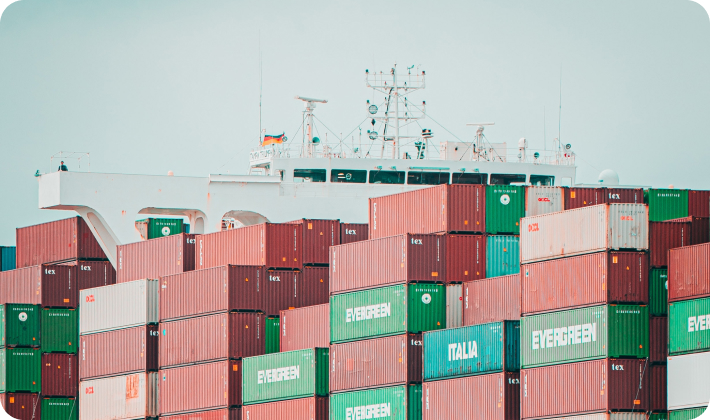According to the GTLC survey, freight car output fell in Q1 2023 by 16% to the same period in 2022, a decline of nearly 13,000 rolling stock units. The main reason cited is a shortage of parts.
Evgeny Semyonov, Executive Director of the Union “Association of Carriage Builders” (OVS), confirmed the trend for a decrease in the production of freight rolling stock. The executive believes that in 2023 railcar write-offs will reach 30,000-32,000 units (+25-30% by 2022), so increasing their purchase is a logical step.
According to Evgeny Semenov, the railroad industry is still affected by the consequences of the shortage of cassette bearings. Their main manufacturers – SKF, Timken and Amsted Rail – left the Russian market last year. However, now the situation is leveling off, the problem with the shortage of parts has been solved.
The decline in railcar output together with the slowdown in freight transportation on the Russian Railways network has already led to an increase in railcar lease rates. By the end of 2023 they may grow by 18-27% in annual terms and reach 1600-2100 rubles per car per day (depending on the type of rolling stock), as follows from the GTLC review.
Despite the negative trends in fleet turnover and a decline in the production of the most popular types of rolling stock (gondola cars and fitting platforms), in Q1 GTLC recorded growth in the assembly of other types of cars – hoppers (by 106% to 3,580 pcs.), tank cars (by 80% to 1,888 pcs.) and boxcars (by 5 times to 782 pcs.). The company forecasts railcar purchases to grow 16% by 2022 to 55,000 units. “This demand will be supported by a growing freight base and high disposal volumes,” the survey said.
Source: Vedomosti

Would you like to receive a selection of articles in the mail?

